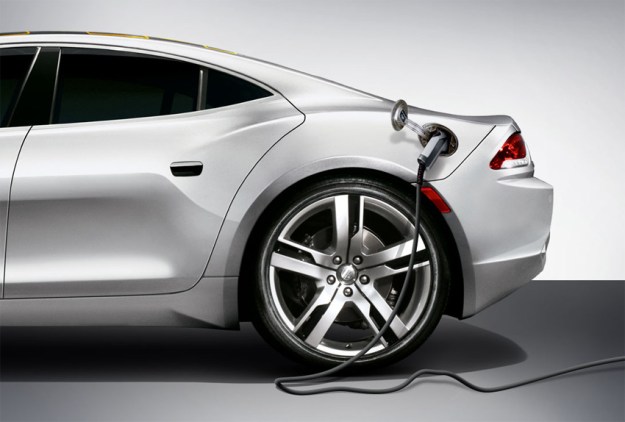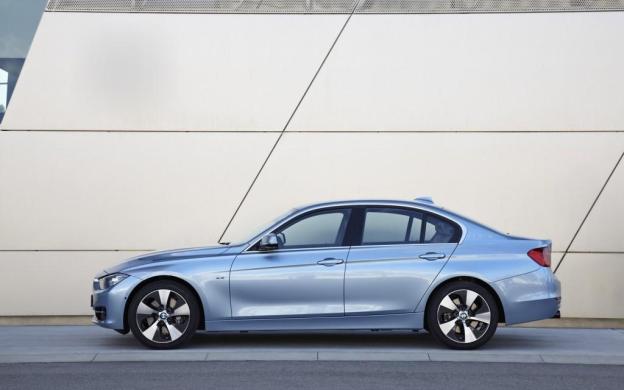
It’s rare for a compromise to generate broad appeal. The idea of combining two complete propulsion systems in one car sounds complicated, but since the first Toyota Prius and Honda Insight launched in the late 1990s, hybrids have proven to be the perfect solution for millions of buyers looking for better fuel economy, lower emissions, and everyday practicality.
However, not all hybrids are created equal. Different manufacturers use different combinations of internal combustion engines, batteries, and electric motors to build their hybrids. Like every other type of car, the term “hybrid” is more of a jumping off point for variation than a strict definition.
The basics
The one thing all hybrids have in common is that, as their name denotes, they combine two types of propulsion. In every production hybrid, that means an internal combustion engine like the ones found in the majority of cars, and one or more electric motors powered by onboard batteries.
There are obviously many different types of internal combustion engines, and that variety is reflected in hybrids. Displacement and cylinder count varies from the Honda Insight’s 1.3-liter inline four to the Lexus LS 600h L’s 5.0-liter V8.

One thing you can expect from every hybrid is that it will be powered by gasoline. Peugeot makes diesel hybrids, but other manufacturers have shied away from this due to the added cost of diesels and the fact that they don’t jibe as well with the flat torque curve of an electric motor.
Batteries are more homogeneous Most hybrids use lithium-ion batteries because they deliver the most storage capacity for their size. The only outlier is Toyota, which still uses nickel metal-hydride batteries. While these batteries are inherently less efficient, Toyota continues to make them work in its hybrids.
Mild to wild
What really sets each hybrid apart, though, is how it uses its gasoline engine and electric motor. Some cars use their engine as a generator and their motor as the prime mover, while others rely mostly on conventional power, leaving the electricity for an occasional boost of power or emission-free running.
Very basic hybrids, called “mild hybrids,” can only do the latter. Cars like the Chevrolet Malibu Eco use their batteries and electric motor to assist the gasoline engine, with no provision for running on electric power only. In fact, General Motors calls the Malibu Eco an example of “light electrification of a traditional powertrain,” not a hybrid. The result is a car that is slightly cheaper ($25,995) than other comparable hybrids, but with less spectacular fuel economy (26 mpg city, 38 mpg highway).
The next step up from a mild hybrid is something along the lines of Honda’s Integrated Motor Assist (IMA), which sandwiches an electric motor between the engine’s flywheel and the transmission. This gives cars like the Insight the ability to drive on electricity alone.

According to the EPA, the Insight is good for 41 mpg city and 44 mpg highway. However, it’s doppelganger, the Toyota Prius, achieves 51 city and 48 highway mpg.
That’s mostly due to the fact that Toyota’s Hybrid Synergy Drive gives the electric motor its own way to power the wheels, which is more efficient. Since the Prius can spend more time running on electricity, it can take better advantage of low-speed city driving. That explains the Toyota’s higher city mpg number.
Getting a hybrid to spend most of its time running on electricity is the key to more miles per gallon, and sometimes that means spending more money gets less. The 2013 Ford Fusion hybrid is rated at 47 mpg in all three EPA categories, while the BMW ActiveHybrid 3 is rated at a (provisional) 25 mpg city, 33 mpg highway, and 28 mpg combined.
Why are BMW buyers spending more money ($49,300 versus $27,200) for fewer mpg? BMW had different priorities: the ActiveHybrid is the most powerful non-M 3 Series available; its electric motor is more of a power booster than an alternative power source. The ActiveHybrid 3 can only drive up to 37 mph on electric power, while the Fusion can reach 62 mph.
Plugging in
Plug-in hybrids bridge the gap between the Insights and Priuses of the world and fully-electric cars like the Nissan Leaf. Adding the ability to charge the car’s battery pack from an external socket means the engine doesn’t always have to be used as a generator.
This is where the EPA’s MPGe ratings come in. A Toyota Prius plug-in nets roughly the same mpg (51 city, 49 highway) as a regular Prius, but that doesn’t include the time the car spends on electricity. A Prius plug-in is rated at 95 MPGe, meaning the EPA thinks it can achieve the equivalent of 95 mpg by leaving its gasoline engine turned off much of the time.

Things aren’t quite that simple, though. Some plug-ins, including the Prius and Ford C-Max Energi, are basically “regular” hybrids with plug-in capability added on. The Chevrolet Volt (the first of the breed, and still known as GM’s “moon shot”) only couples its gasoline engine to its wheels in very specific circumstances. The Fisker Karma’s engine is not physically connected to its wheels at all, making it a true generator.
Which is best? The Karma (54 MPGe) is a bit of an outlier, since it’s a big, performance-oriented luxury car, while the others are sensible hatchbacks. Among those hatchbacks, it’s nearly a dead heat: 95 MPGe for the Prius, 98 MPGe for the 2013 Volt, and 100 MPGe for the 2013 Ford C-Max Energi.
For now, a plug-in is a plug-in when it comes to MPGe, whether the gasoline engine stays coupled to the wheels or not. These cars do command a premium over other hybrids, but they provide maximum mileage without the range anxiety of fully electric vehicles. That puts them at the top of the hybrid pyramid.


